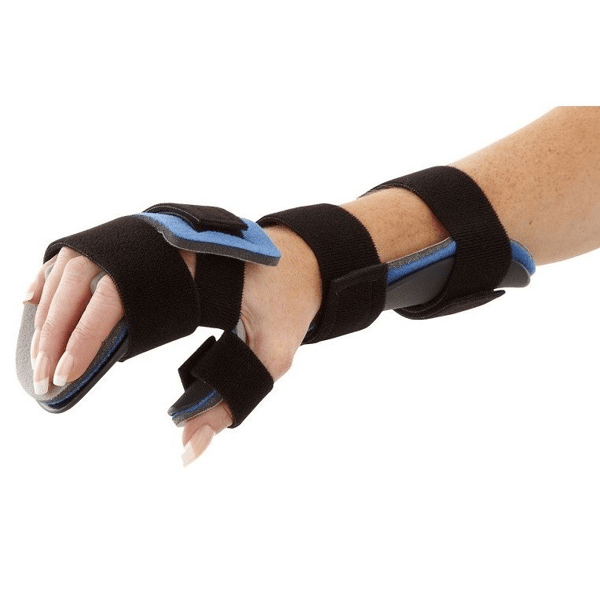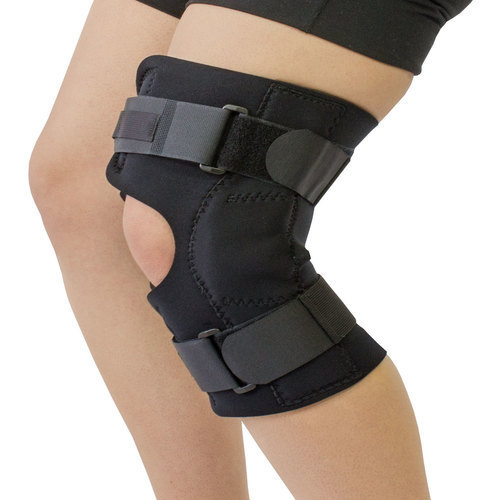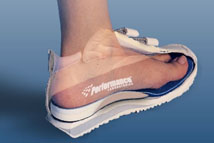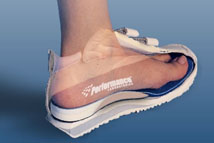This blog will help you to understand all about Orthotics and how to use them while keeping you pain-free and developing an efficient gait.
Who Needs Orthotics?
A doctor subtly analyses your gait and then prescribes you to use orthotics. However, there are many medical problems where orthotics have the potential to help:
- Plantar Fasciitis- inflammation of the fascia tissue present at the sole of the foot. This is a painful inflammation, easily perceived by its tendency to cause pain in the morning.
- Diabetes- which interferes with the blood circulation and person can lose the sensation in feet, aka diabetic neuropathy, which can cause stress, pressure and later to foot ulcers.
- Metatarsalgia- a foot disorder that affects the ball of the foot.
- Back pain- poor positioning of the soles or lack of cushioning can result in discomfort that orthotics can reduce.
- Bunions- painful bumps that develop because of structural complications in the bone of the foot, the metatarsophalangeal joint. Bunions can be painful that develop at the floor of the toe and cause foot imperfections.
- Bursitis- it affects the joints. Bursae are sacs that are banded by Synovial Cells - which produce a lubricant to reduce the friction between the tissue and tendons near the joints and aids in easy moving of the joints. When these sacs become inflamed it is named bursitis.
- Flat feet- Orthotics can help aid your flat feet for proper foot positioning.
- Hammertoes- a common deformity of the second, third, or fourth toe, usually caused by wearing tight or constricted shoes. Orthotics aids in support to the feet so that hammertoe does get worse.
- Heel spurs- a condition in which calcium deposit accumulates between the heel and curve of the foot. Orthotics can aid in lessening the inflammation.
- Cavus foot- a condition when the foot gets a high curve and because of it, an extreme load of weight is placed on the ball and heel while walking or standing. It can stress out the muscles of the feet which can cause splints and knee pain.
If you’re still pondering if orthotics are the right solution for your alignment, here are our Doctors’ 5 suggested ways where customized orthotics help.
Mitigates Pain
The foremost purpose of an orthotic is to put the foot into a better position, which alleviates pain. Orthotics have proved to be efficacious for foot conditions that might otherwise call for surgery.
Recovery from Injuries
Prefabricated and custom-fitted orthotics can reduce pain caused due to some injuries with fewer risks. By doing the work of a muscle it actually allows them to relax and repair themselves. Many surgeries for the foot problems have been avoided by simply using custom orthotics.
Mitigates Back Pain
Lower back pain is mostly associated with lifting of heavy loads. However, distorted lower limb posture is truly the misalignment of your spine caused by the unnatural gait you’ve got just to circumvent foot pain.
Foot pain can cause you to choose one foot over the other while walking, throwing your hips out of alignment. Orthotics align the hips and help you to develop a better posture.
For Malalignment Syndrome
If suffering from Malalignment Syndrome, it can throw hips and back out of alignment, interfering with your normal gait and eventually cause pain in leg, foot, toe and back.
The priority is the restoration of standard formation and function of the spine and pelvis. Therefore, custom-fitted orthotics are designed for increased foot stability that may reduce torque forces on legs. Orthotics help control the symmetry by increasing sensory input from the sole surface that stimulates the receptors to help control pain.
Sitting at a desk for the maximum time can prove to be devastating for your back. Our Rehab team has come up with 3 desk-based stretches for your lower back pain.
Types of Products Carried at HealthOne:
Arm
Upper-limb or arm orthoses are devices used to reimpose or strengthen the functional and structural characteristics of the musculoskeletal systems. The arm orthotics limits the movements that can cause repetitive dislocation of the shoulder.

Wrist and Hand
An orthosis that covers the fingers, wrist, and the distal portion of the forearm- used to provide grasp, for positioning/stabilization of a range of movement assistance, or to cease a joint from extending excessively. It can also be used in the case of a fractured wrist or a fractured hand.

Knee Orthosis (KO) Brace
A knee orthosis (KO) is a brace that is worn to toughen the knee. This brace works by alleviating pressure off the knee joint which might be affected by disorders such as arthritis or osteoarthritis. They can also offer strength and support for the knee and provide the steadiness and stability needed for daily activities.

Ankle Foot Orthoses (AFO)
Ankle Foot Orthosis (AFO) refers to device that can be used at the ankle area to prevent injury during a high-risk athletic activity, to protect against a sprain, or to assist patients with chronic joint instability with walking. Ankle foot orthoses (AFOs) can also be used in children with cerebral palsy to minimize the enlargement of calf muscle contractures and to aid in improving the efficiency of gait.

Foot Orthotic
A foot orthotic is prescribed for a deformed foot (generally do not encircle the ankle), as well as to help mitigate the excessive pressure felt on the foot while walking, thereby improving the efficiency of the gait.

The bottom line is an orthosis may be used to:
- Check, limit or immobilize a joint or body segment for a particular reason
- Restrict movement in one particular direction
- Assist movement by mitigating the pain
- Aid rehabilitation after fractures
- Otherwise, correct the shape or function of the body so as to provide an easier gesture or movement.
Happy reading!
One life. Live inspired.

